Hibernation is a state of inactivity and reduced metabolism that some animals enter during the winter months.
Do guinea pigs hibernate? Do you know what torpor is? Do you know how to recognise torpor in guinea pigs? Do you want to keep your guinea pig warm indoors or outdoors?
This article will answer all of these questions and more!
Every winter, I get a lot of questions from Guinea pig owners about whether or not their furry friends hibernate. The answer is no and here’s why: while most other mammals do experience some form of deep sleep during the cold months, guinea pigs don’t actually fall asleep and enter into a state of hibernation.
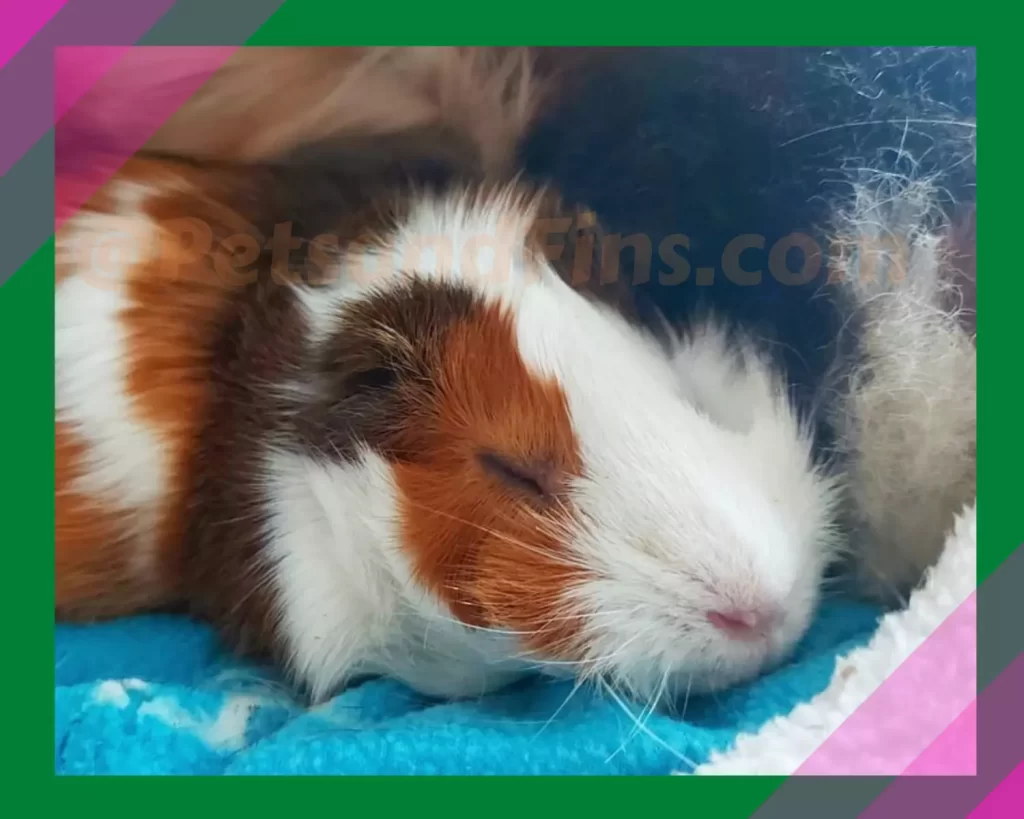
Guinea pigs are not true hibernators like bears and other mammals that can enter a deep sleep,for months at a time to conserve energy during the winter. Instead, they just slow down their activity levels to conserve energy when it gets cold outside.
It may seem like your pet is sleeping, but in reality, they’re just conserving energy by staying still and resting. This is called Torpor.
If you want to make sure your little buddy doesn’t get too cold this winter, try providing them with extra fluffy bedding material to snuggle with!
Do Guinea Pigs Hibernate?
Guinea pigs don’t hibernate. Guinea pigs were thought to be hibernating when they curled up into a tight ball during the winter months, but this isn’t true!
Guinea pigs do not hibernate like other rodents; instead, they will go into what we call “a state of torpor”, which is much more similar to sleep than it is to hibernation.
This means that guinea pig owners should still provide their furry friends with food and water while they’re curled up all snug in their little bedding during the cold winter months.
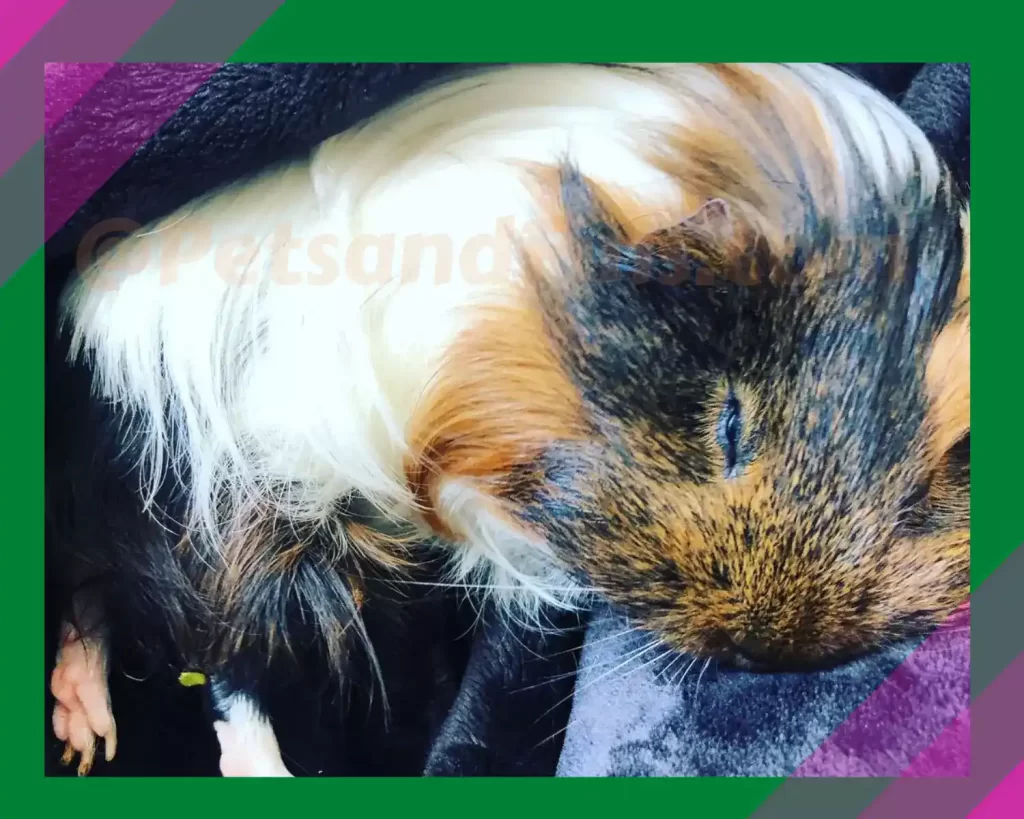
The first reason that guineas can’t hibernate is because their bodies just aren’t made for it. Guinea pigs’ bodies work differently than the average mammal because of their unique body shape and size. Therefore, they’re at risk if exposed to those cold temperatures for an extended period of time.
They wouldn’t have enough fat reserves on hand to survive without food either- so it’s important to make sure they’re getting their fill of hay and veggies before winter hits!
The second reason is because guinea pigs are prey animals. If you think about it, hibernation would put them at risk of predators like owls or coyotes if they were in the wild- so there isn’t any way that your cavy could actually fall into a deep sleep during the cold months without putting themselves in danger too!
Difference Between Torpor And Hibernation
The difference between torpor and hibernation is that torpor is a short-term sleep, while hibernation is a long-term sleep. Guinea pig owners often confuse these two terms because the only time they see their guinea pigs go to sleep for an extended period of time is when it’s cold outside .
Hibernation is characterized by winter dormancy, with reduced body temperature that allows animals to survive periods of low food availability or other environmental stresses.
Hibernation, also known as true hibernation, occurs when a rodent enters into a deep sleep with a lowered metabolic rate that slows down breathing and heart rate.
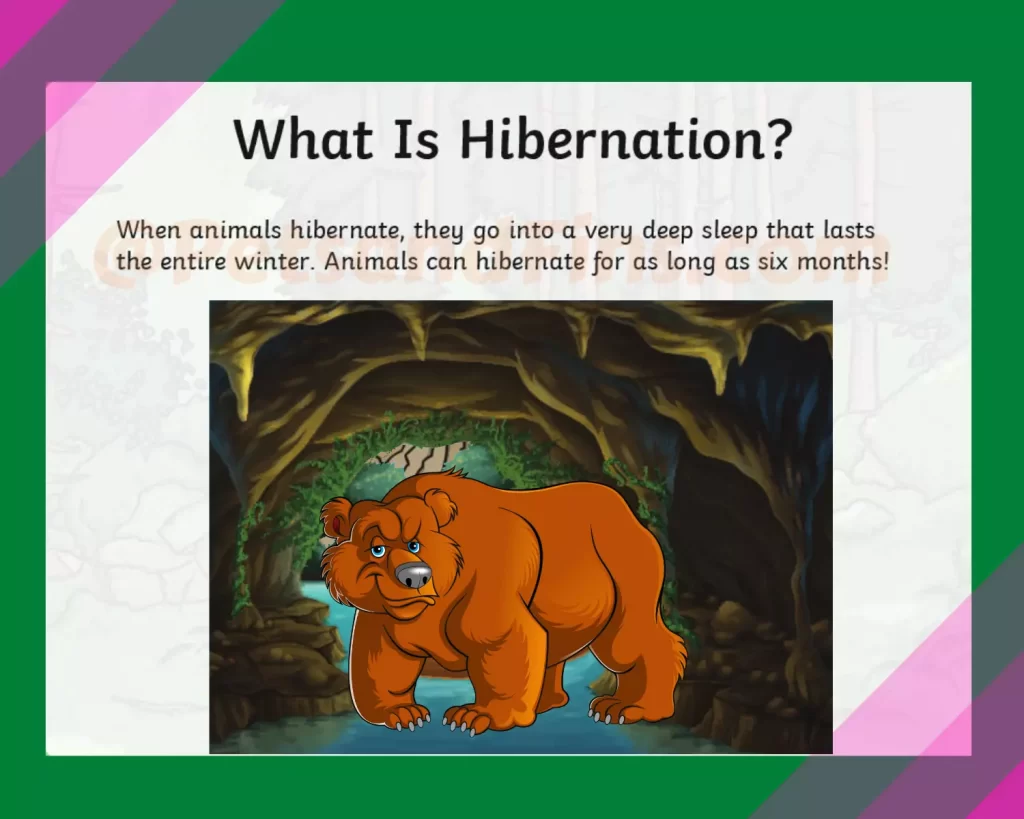
Torpor occurs when an animal’s metabolic rate is lowered due to cool temperatures while still awake. It helps animals conserve energy during periods of cold weather without having to take time out for deep sleep like they would otherwise do.
Torpor, on the other hand, is not an official state of hibernation because it does not result in long periods without waking up.
How Can I Tell If My Guinea Pig Is Experiencing Torpor?
The easiest way to tell if a guinea pig is in torpor or hibernation mode is by checking their breathing and heart rate. If your pet’s breathing and pulse are slowed down, they’re most likely going through a period of torpor rather than hibernating.
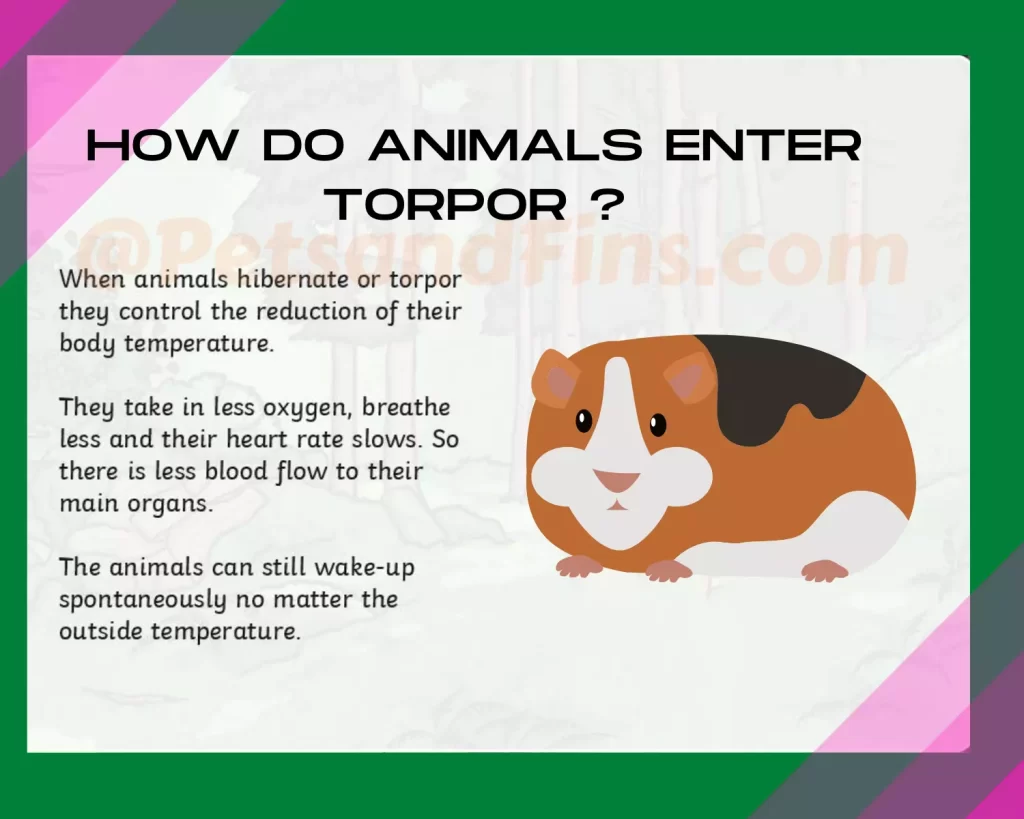
Keep an eye out for the following signs:
– Eyes partially open (not fully closed like sleeping)
– Do not respond when you touch them on the face/feet, etc..
– Carefully using two fingers to gently rouse your cavy from sleep. Do this with caution, as it can be dangerous! Don’t poke too hard, otherwise you may injure your little buddy. If he doesn’t wake up after gentle prodding, then chances are he’s in torpor mode.
– Do not feed them when they’re in this state because it can cause aspiration, which is quite dangerous for guinea pigs!
When your guinea pigs experience torpor, they get sleepy and slow down all bodily functions for up to eight hours, which includes eating and drinking less, then waking up before going back into deep sleep again.

Symptoms Of Torpor In Guinea pigs:
Symptoms of Torpor in Guinea pigs can include:
- Reduced Activity Levels: As mentioned before, the hibernation process in Guinea pigs might induce a slowing down of their activities, which can be noticed by owners through a lack of interest in running around or even playtime.
This is because Guinea pigs’ bodies are trying to preserve energy and they’re entering into a state where energy expenditure will become minimal, if not non-existent! Do not worry too much about this though, since it’s completely natural for them to change their behaviour when temperatures get colder outside!
- Reduced Body Temperature: If you touch your Guinea pig’s body, you might notice that it feels colder than usual. This might be a sign of the lack of energy needed for them to regulate their own temperature. Do not be alarmed if your pet’s body temperature drops, since this is a natural process that happens during Torpor.
- Slow Breathing Rate:It is very common to find that the breathing rate of your pet Guinea pig has come down drastically. In fact, the breathing rate becomes so slow that many first-time Guinea pig owners get confused that their pet has actually passed away. However, if you carefully notice, you should be able to make out that your pet Guinea pig is breathing, but at a much slower rate than normal.
- Decreased Appetite: Do not be surprised to find that your pet Guinea pig is not interested in food or water at all. Do expect a drop in appetite, which might even trigger a complete loss of interest in both water and dry foods!
This can happen because during the Torpor process, their digestive system slows down too much, so they really don’t have any desire for either water or food, as there’s no real need for them according to their body cycles.
This means it’s actually very normal if your little furry friend starts ignoring his/her daily rations completely!
Do make sure, however, that it always has access to a fresh drinking source, since sometimes dehydration can become an issue with this kind of lifestyle change!
- Decreased Frequency Of Urination And Defecation: Do not be surprised if your pet Guinea pig shows no interest in urinating or defecating or if the frequency has come down drastically.
- Shaking And Shivering: Do not be alarmed if you notice your pet Guinea pig shaking all over or shivering even when they’re trying to sleep. This can easily indicate that the temperature might have dropped too much for them, so their bodies are trying to generate some heat through these mechanisms!

What Causes Torpor In Guinea Pigs?
I mentioned before that guinea pigs are not true hibernators, but what causes them to enter into a state of torpor?
The main cause of torpor in guinea pigs is cold weather. It’s normal for your pet to experience periods of reduced activity during the winter months because it helps them conserve energy and stay warm!
It’s important to note that torpor does not mean hibernation and it doesn’t cause your guinea pig any harm or stress! It only happens when the outside temperature drops below a certain threshold which determines how long this state lasts for.
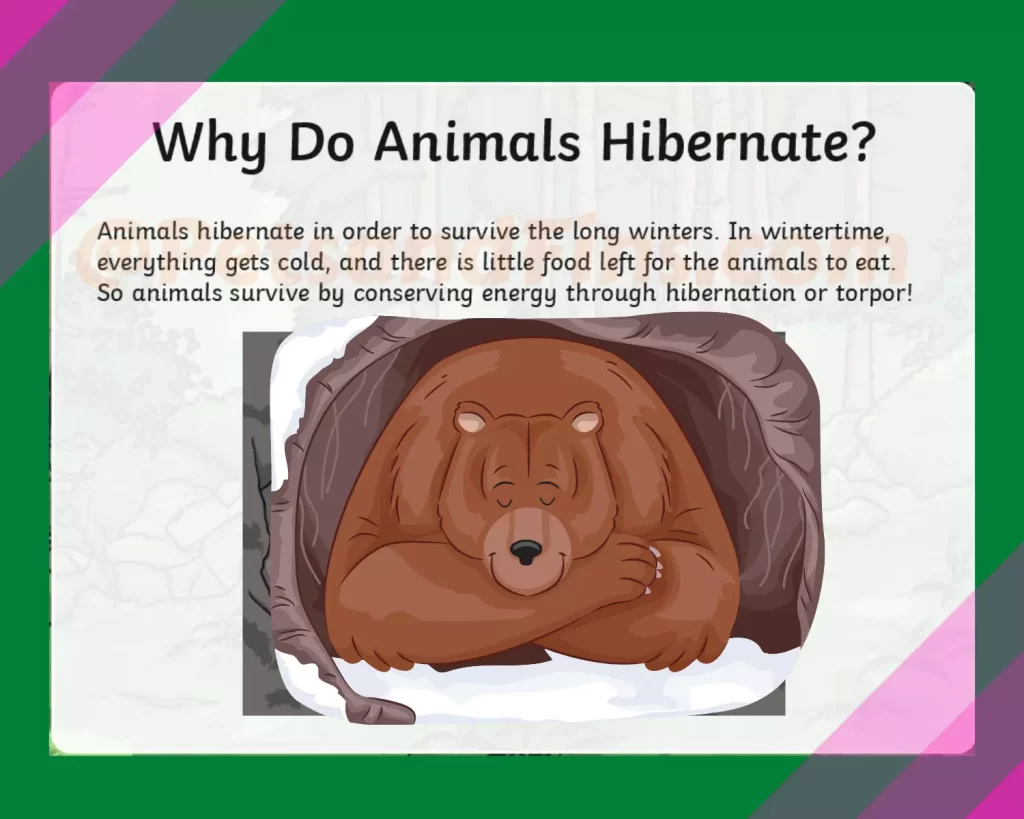
For example, in winter you may notice longer periods of torpor compared to summer where they will experience shorter episodes of deep sleep instead.
The Bottom Line? Do not panic because it’s normal behaviour! Make sure their bedding stays clean and comfortable with plenty of food and fresh water available at all times so that your cavy isn’t hungry even when they’re in torpor.
Is Torpor Dangerous For Guinea Pigs?
Torpor, or a state of deep sleep where your guinea pig’s breathing and heart rate slow down, is not dangerous for them. In fact, it’s normal behaviour in winter to help conserve energy!
If you notice that your cavy isn’t moving at all, then there may be an issue, but chances are they’re sleeping peacefully when going into torpor mode even though their eyes aren’t fully closed.
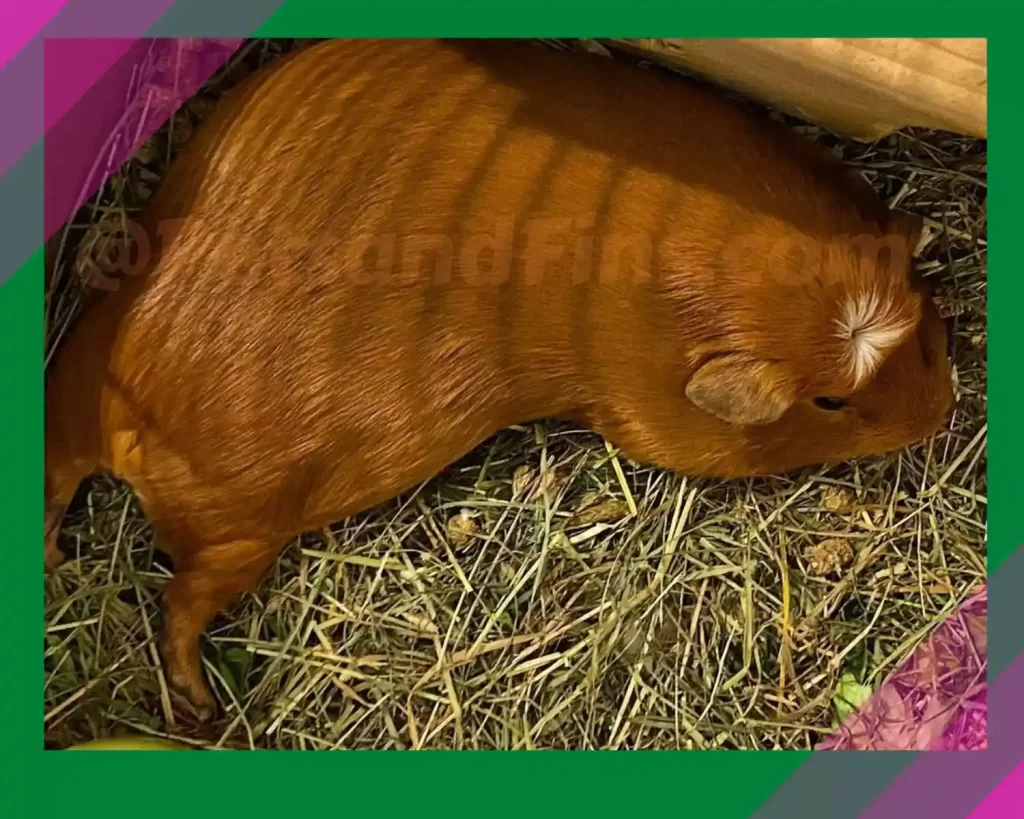
Do not try to wake them up because this can actually cause more harm than good in some cases, which I’ll explain below in the next question.
How Do You Know If Your Guinea Pig Is Suffering?
Although it doesn’t pose any threat on its own, torpor does make your pet vulnerable if anything goes wrong.
For example, if your guinea pig is experiencing hypothermia (cold temperatures) or they get injured during torpor, it can pose a serious threat to their health and well-being because they will be less likely to fight infections while in deep sleep mode!
It can be very dangerous if you have a sick or injured cavy that is experiencing long term torpor. If their body temperature drops too low, they could die from hypothermia, which causes tissue damage due to lack of oxygen.
If you suspect that there’s something wrong with your cavy, then don’t hesitate to contact a vet immediately for further advice!

How To Keep Your Indoor Guinea Pig Warm?
If you have an indoor guinea pig, then keeping them warm during the colder months is relatively easy.
- Keep Cage Away From Drafts : Make sure your cavy has plenty of bedding to snuggle up in and keep their cage away from drafty areas where cold air can come through.
- Keep Cage Away From Air Conditioning Units: Do not place guinea pig cages underneath air conditioning units or close to windows that receive direct sunlight.
- Keep Cage Temperature Moderate : Do not allow the temperature of your cavy’s living environment to drop below 15°C and make sure it stays between 15-25°C (60-77°F).
- Put Bedding On Cage Floor: If your guinea pig has a large enough cage, putting bedding on the floor will help to keep them warm.
- Feed a Healthy Diet: Always offer healthy food options such as fresh vegetables, leafy greens, fruit, and so on.I recommend hay on top of their regular pellets because it helps promote good digestion while keeping them full without gaining weight!

- Provide A Heat Source : Keep a heat lamp on at all times during the winter months if it’s cold indoors and if the temperature falls below 15 degrees Celsius.
You can also use a ceramic heater or a radiator to keep them warm as long as you’re able to supervise their behaviour around these appliances. Do not place any electrical devices next to your little buddy because they could burn themselves!
You can also opt for a warm water bottle wrapped in a towel to keep them cozy during the night instead. This way, they have plenty of warmth without any risk of getting burned by accident. Also, make sure that your cavy has enough space to move away from the hot water bottle if needed as well.
- Keep Cage Dry: Do not place bedding directly on top of their cage because it will become wet every time they pee or poo inside.Keep this area dry at all times to avoid making things worse by keeping food there too.
You can also place a little bit of hay to help absorb moisture and keep it dry at all times. You should still clean out their cage every day or two in order to prevent the buildup of ammonia, which is bad for their respiratory system.
- Insulate :It may also help to insulate the area where they sleep inside with blankets, hay etc.. Do not cover them entirely though, because this can cause overheating which could lead to hyperthermia – another serious risk for your pet!
- Provide Fresh Water:Make sure there’s always fresh water available at all times so it doesn’t go thirsty even when they’re in torpor mode. Also make sure there’s enough food available so they don’t get hungry and wake up while in torpor!

How Do I Keep My Outdoor Guinea Pig Warm?
If you have an outdoor guinea pig then it will be a little bit more challenging to keep them warm during the winter months.
- Make Sure Your Guinea Pig Is Protected From The Cold: Do not leave your cavy outside in extremely cold weather for an extended period of time, as this can result in hypothermia.You should provide shelter from wind and rain if possible with thick bedding inside so they feel nice and cozy at all times!
- Make Sure Your Guinea Pig Has Enough Bedding: Do not allow their cage to become overly wet as this can cause respiratory problems and illness.You should also provide thick bedding such as straw or hay for your guinea pig so they have something warm and dry to snuggle in!
- Insulate The Hutch: Do NOT allow the temperature to drop too low in their outdoor hutch or cage because this can cause serious health problems. You should place a thick layer of insulation over the floor and walls in order to keep them warm at all times!
- Raise The Hutch From Ground Level :Do NOT place their hutch directly on the ground outside because it will get wet when it rains. You should put something underneath like a wooden pallet or some thick pieces of wood to protect them from damp, cold conditions! Do not allow direct contact between your guinea pig and the water at all times.
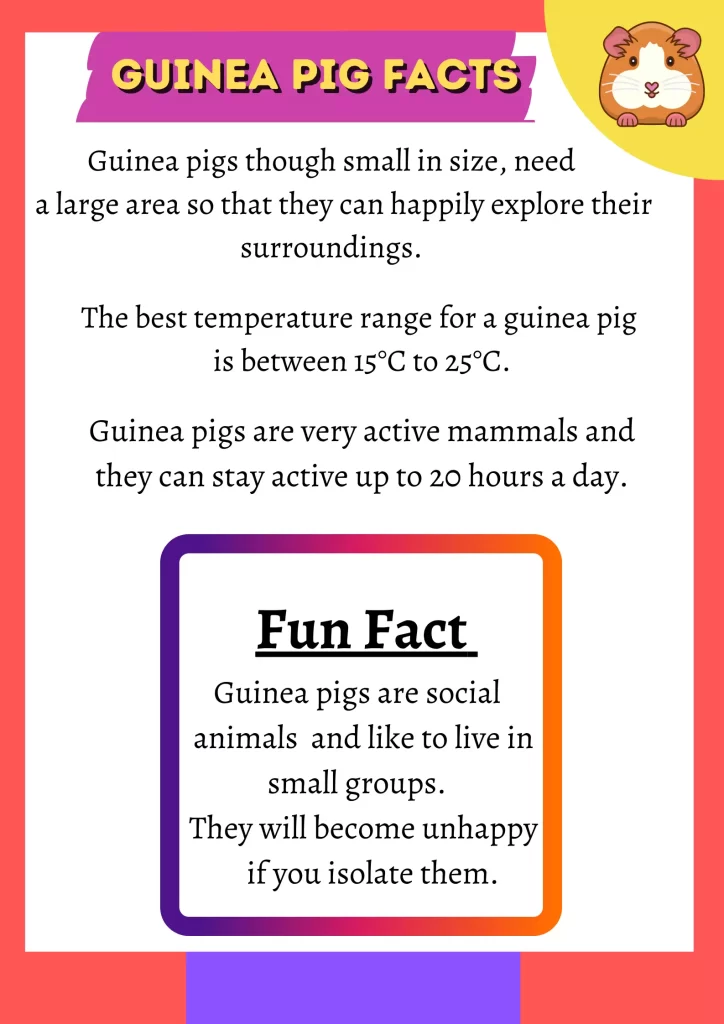
- Keep Their Cage Dry: Make sure their cage stays dry as much as possible by providing thick bedding like straw or hay, but make sure there’s enough ventilation on all sides of their enclosure.
- Keep Their Cage Clean: Do not allow their cage to become too dirty, as this can lead to respiratory issues and illness.You should also provide some fresh hay on top of the old so they have something warm and dry to snuggle in!
- Plant Thick Vegetation : If possible, try placing thick vegetation around your guinea pig’s shelter.
- Provide A Heat Source During Night Time : Make sure they get a heat source like a ceramic heater, radiator, or even an electric blanket wrapped in towels if needed.
Heat sources should not be placed directly next to your guinea pigs at all times, as this could cause burns and damage to their skin!Do not place any heat sources directly on top of their cage either, because they could burn the bedding, which would be a fire hazard.
- Fresh Water And Food : Make sure there’s always fresh water available at all times and feed them healthy options such as hay, leafy greens, etc..
When To Seek Veterinary Care:
If you have tried all of the conventional ways of preventing your pet Guinea Pig from going into light torpor and, despite your efforts, you still notice that your pet Guinea Pig is becoming sluggish and sleeping constantly, it may be time to see a veterinarian.
Fluids and medicines may be administered by your veterinarian if required to address your pet’s medical condition. He or she may also assist you with troubleshooting your Guinea pig’s housing conditions , feeding conditions, etc. in order to avoid further bouts of torpor from occurring.
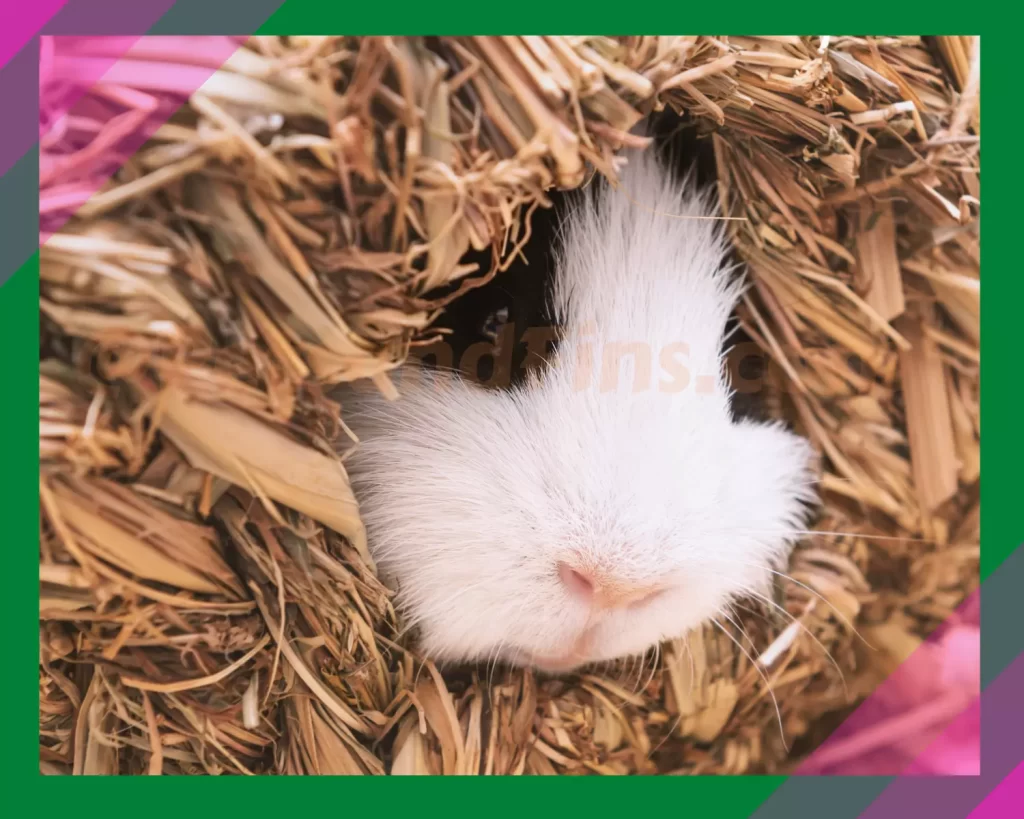
Wrapping Up
Guinea pigs are not true hibernators. They do have the ability to slow their breathing and heart rates in response to decreased environmental temperature, but they typically only enter a state of torpor when it’s so cold outside that no food is available for them.
If you live in an area where temperatures drop below 40 degrees Fahrenheit during winter months, make sure your guinea pig has access to fresh hay or other bedding materials at all times.
You should also provide your pet with plenty of cozy layers of fleece fabric or towels for warmth when necessary.
XoXo
Genie
Related Questions
Do Guinea Pigs Enter Torpor With Their Eyes Open ?
Yes, Guinea pigs can enter into Torpor sometimes with their eyes half open or even fully open .This is a very common question with Guinea pig enthusiasts and it’s actually not that strange when you stop to think about it.
Sadly, a common misconception amongst first time Guinea pig owners is that their Guinea pigs are no longer alive when they appear to be laying limp with their eyes half open or fully open. The truth of the matter is that this behavior may mean your pet Guinea pig has gone into a state of tupor .
Although it’s important not to confuse this as death, you should take precautionary measures and check on its status every hour during night time for at least three nights in order to ensure there was nothing wrong from an early stage.
Do keep in mind, however, that torpor is the process where your pet enters deep sleep mode for prolonged periods of time, so if they do fall asleep with their eyes open, this usually means they’re waking up from torpor, which only lasts a few minutes at most before going back into full-on slumber again!
Is My Guinea Pig Dead Or In Torpor?
The answer to this question lies in how long your Guinea pig has been inactive. If you’re asking yourself “is my Guinea pig dead or in torpor?” then chances are they’ve only entered into torpor sleep, which lasts for no more than a few minutes at most before going back down again.
Do not be alarmed, however, if you notice that their eyes have glazed over slightly during the process, because it’s quite normal for them to look like this when they may still technically be alive!
If, on the other hand, your pet is totally unresponsive and does not move even after several hours of monitoring them, ,you should suspect death as opposed to any alternative state such as torpor.However, these states can also be mistaken for death by amateurs, so it’s important to keep an eye on the Guinea pigs and check them out every hour or so.
Steps To Test If Guinea pig Is alive :
There are various ways to test if your Guinea pig is alive or not. Do not immediately assume that your Guinea pig has died the minute it displays unusual behavior.
- Check The temperature Of It’s Cheeks :It should be warmer in comparison to other parts of its body.
- Place a clean spoon or a mirror in front of its nose: You should be able to see the spoon or mirror fogging up.This is a direct indication that your Guinea pig is breathing and alive.
- Watch Out For Whisker Movement: Keep a look out on your Guinea pig’s whiskers. Even when they are in torpor, they can usually be seen moving at some point.
- Try Touching Them:You can also touch them gently anywhere except their face. They should respond after you’re done touching them .DO NOT poke any part of their body!
- Place A Sheet :Another way to check whether they’re still breathing is by placing a sheet over them and seeing if there’s movement underneath.
If none of these seems to work, then do take your little friend along for an appointment at the vet as soon as possible in order to get professional help from experts who have handled such situations before .
